Development of coal ash weight blocks with the effect of blue carbon
Electric Power Development Co.,Ltd.
Outline
The main material of marine and port structures is concrete, and concrete is made of natural resources such as gravel and sand, and hardening additives such as cement that emits a significant amount of CO2 during its production process.
The objective of this technology development project is to reduce CO2 emissions caused by raw materials by examining and evaluating the potential of “coal ash heavy mortar” as a substitute for concrete. The coal ash heavy mortar is made mainly from coal ash and copper slag (both are industrial by-products) with additional water and cement. Another object of this project is to promote the CO2 absorption through the construction of seaweed beds (blue carbon) by confirming and evaluating how much seaweeds are attached to and growing on blocks made of the coal ash heavy mortar.
Blocks made of the coal ash heavy mortar use high-density copper slag as a substitute for a natural aggregate, so are heavier than typical concrete by about 20%. This gives the blocks another benefit of increasing the stability against ocean waves that frequently cause problems in marine and port structures.
Description
The main material of marine and coastal structures is concrete, and concrete is made of natural resources such as gravel and sand, and hardening additives such as cement that emits a significant amount of CO2 during its production process.
The objective of this technology development project is to reduce CO2 emissions caused by raw materials by examining and evaluating the potential of “coal ash heavy mortar” as a substitute for concrete. The coal ash heavy mortar is made mainly from coal ash and copper slag (both are industrial by-products) with additional water and cement.
We have placed tetrapods made of the coal ash heavy mortar in the sea for about a year, and confirmed that seaweeds are attached to and growing on them at about the same level with concrete tetrapods that have been in the sea over 20 years. This finding suggests the possibility of the coal ash heavy mortar as a material friendly to the marine environment. To verify how much seaweeds are attached and growing, we are conducting a demonstration test in the actual sea areas. Based on our observation up to now, tetrapods made of the coal ash heavy mortar are covered with more seaweeds than concrete tetrapods. We will continue the observation to verify the effect of the coal ash heavy mortar on the level of the attachment and growth of seaweeds and promote the CO2 absorption through the construction of seaweed beds (blue carbon). According to the estimate by the Blue Carbon Study Group, the construction of seagrass beds of 21,000 ha and seaweed beds of 12,000 ha will increase the CO2 absorption through the blue carbon ecosystem by about 240,000 t/year as the typical value and by 2,240,000 t/year as the maximum value. As a partner, we will pursue the carbon reduction efforts through the construction of seagrass/seaweed beds using the coal ash heavy mortar.
Blocks made of the coal ash heavy mortar use high-density copper slag as a substitute for a natural aggregate, so are heavier than typical concrete by about 20%. This gives the blocks another benefit of increasing the stability against ocean waves that frequently cause problems in marine structures.
Partner(s)
Joint researches with the National Institute of Maritime, Port and Aviation Technology (MPAT) and the Port and Airport Research Institute (PARI); collaboration with the Japanese Institute of Fisheries Infrastructure and Communities (JIFIC)
Other Innovation Challenges
Development of highest-efficiency next-gen thermal power plants (oxygen-blown IGFC)
Electric Power Development Co.,Ltd.
Production of CO2-free hydrogen by brown coal gasification
Electric Power Development Co.,Ltd.
Production of fuels and chemicals from marine microalgae using carbon recycling
Electric Power Development Co.,Ltd.
Realization of next-gen thermal power plants (oxygen-blown IGCC) suitable for CO2 capture
Electric Power Development Co.,Ltd.
Similar Innovation Challenges
Achieving net zero carbon emissions from paint finishing processes
Taikisha Ltd.
Activities for reducing GHG of business operations in Nissin Electric Group
Nissin Electric Co., Ltd.



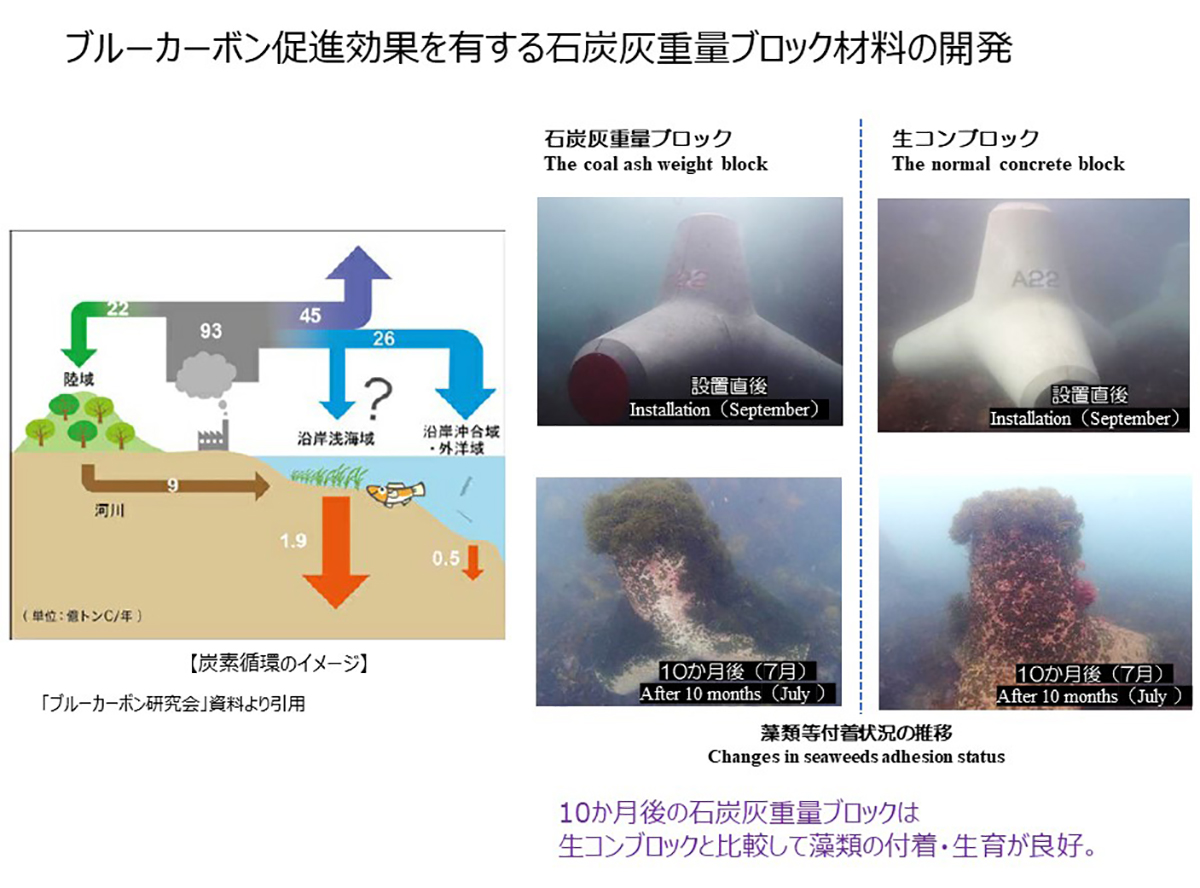
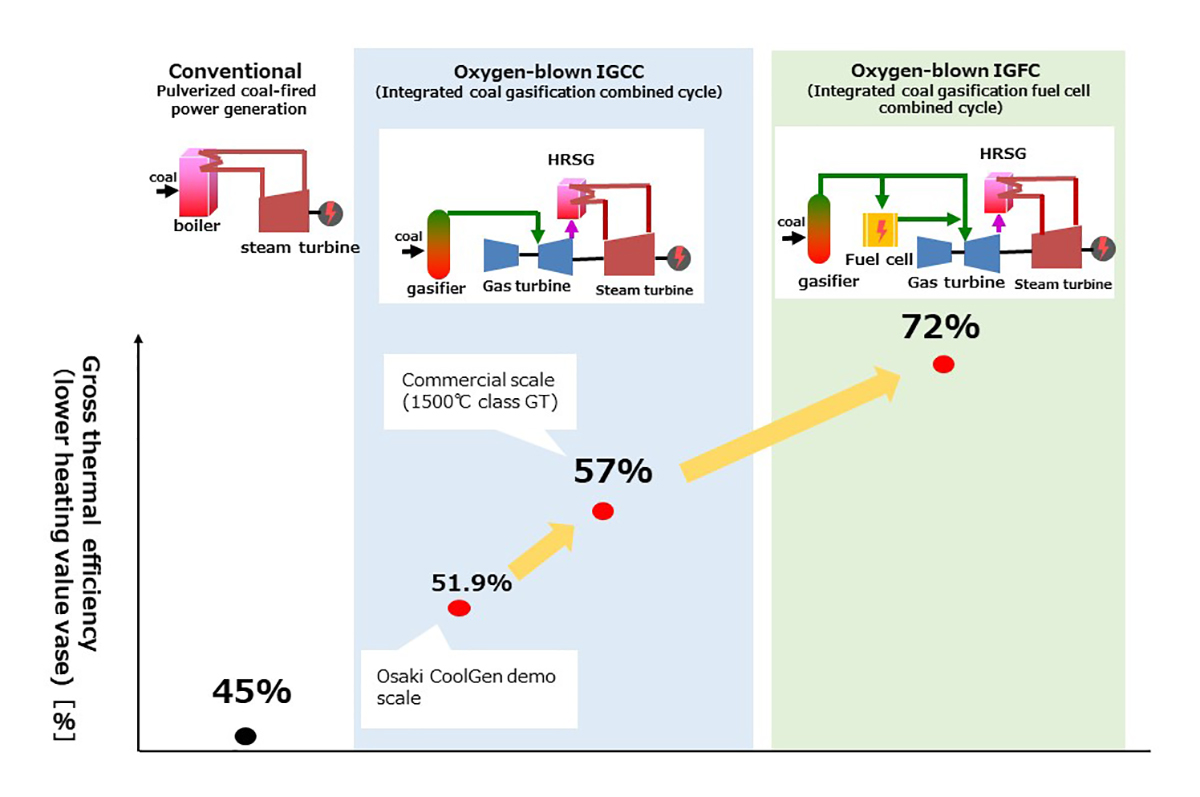
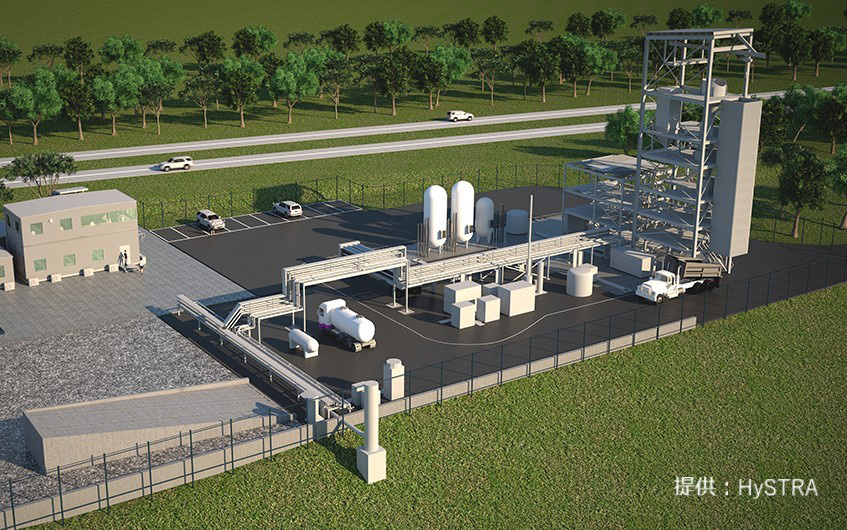
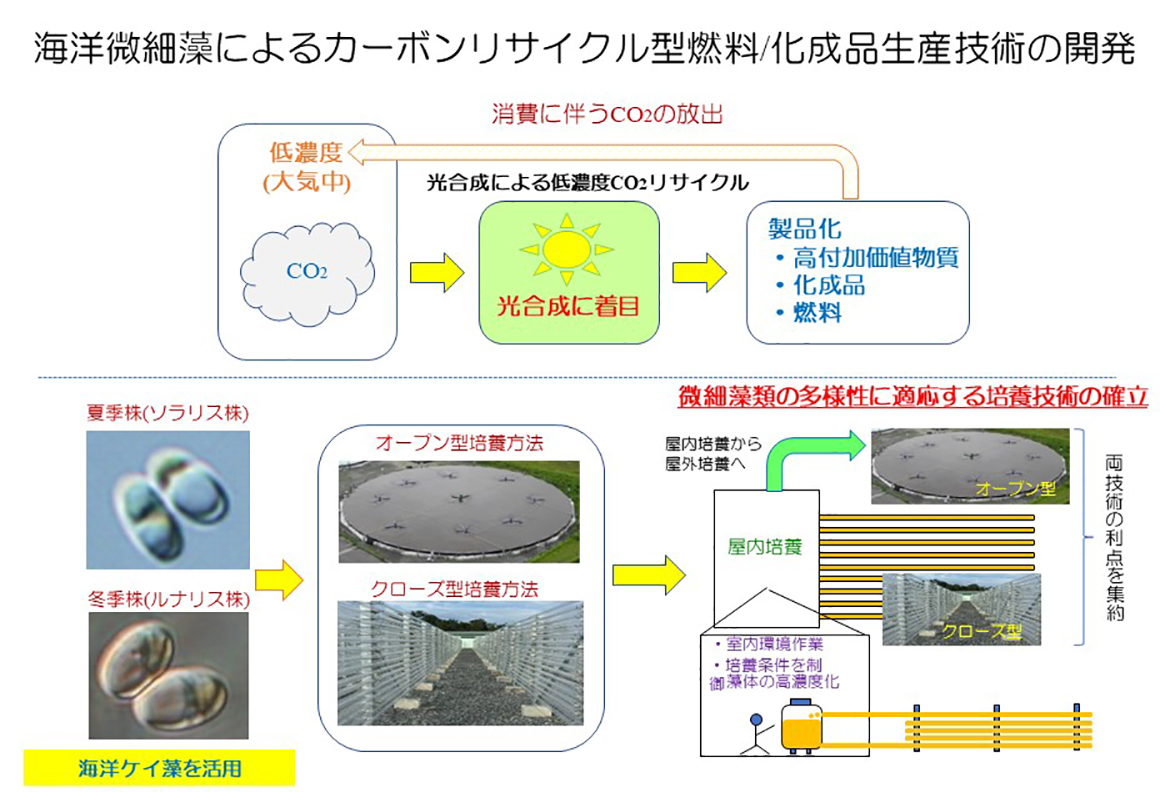
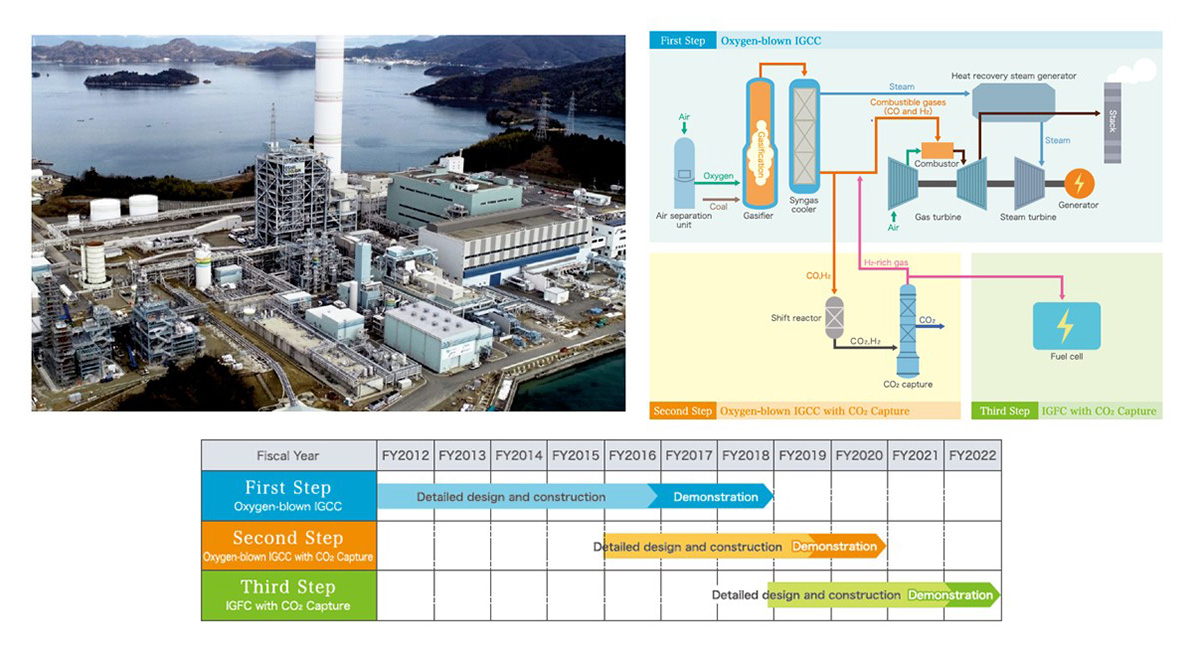

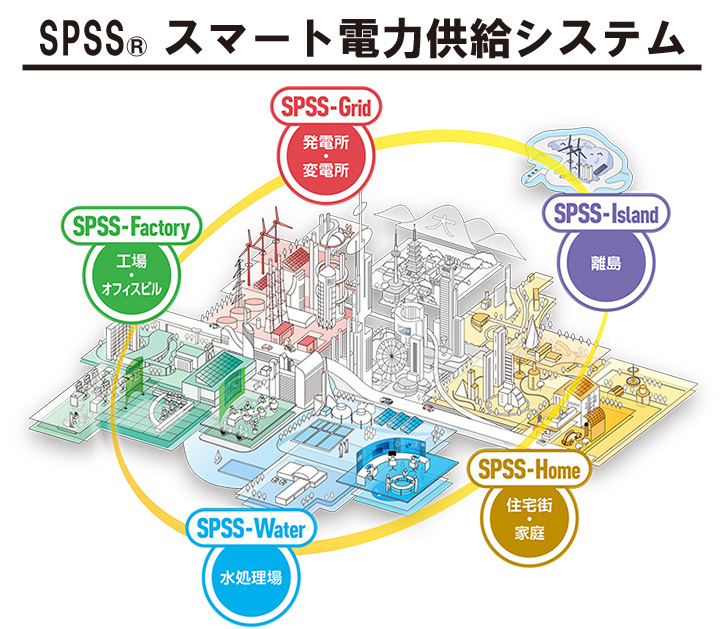
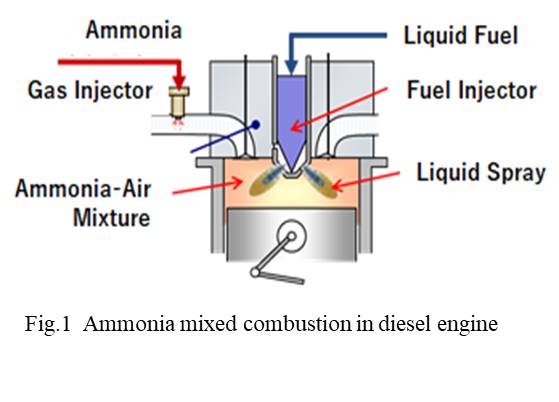
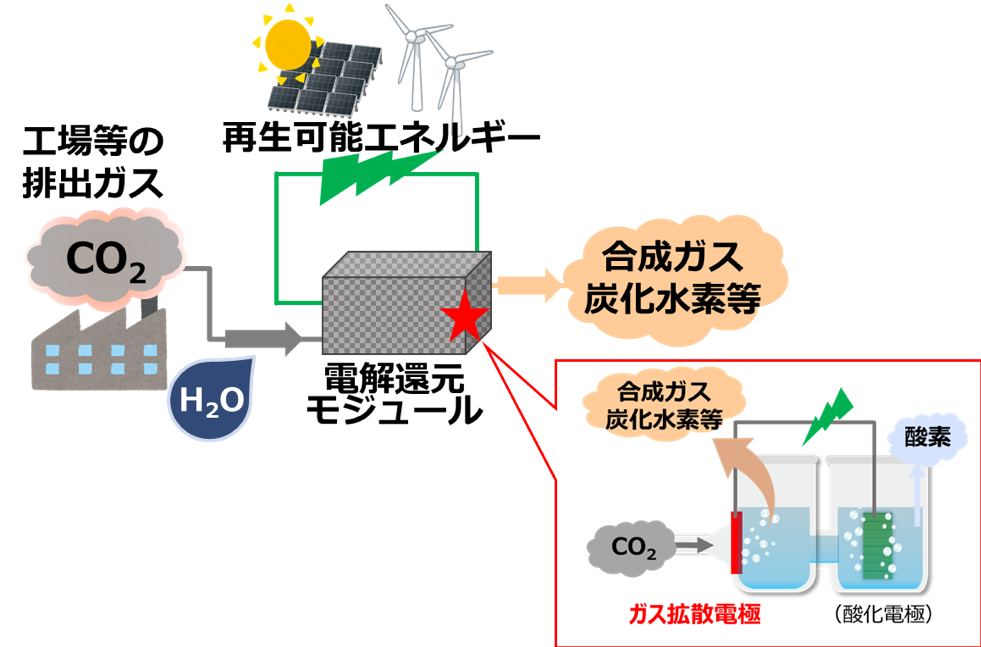
-1人工光合成技術.jpg?id=2&tid=759&imageNumber=1)